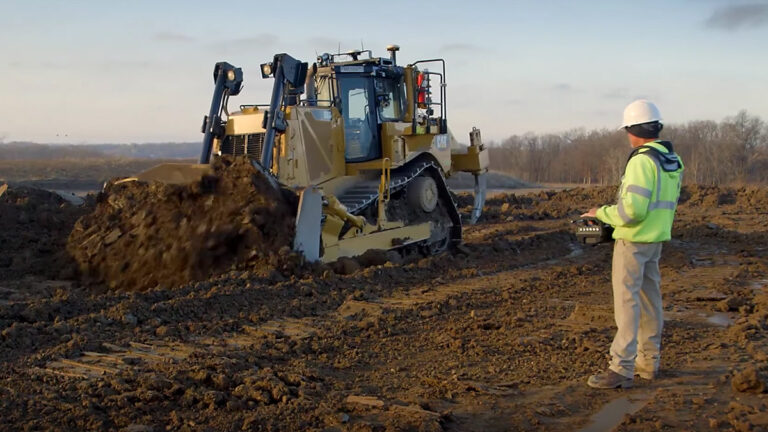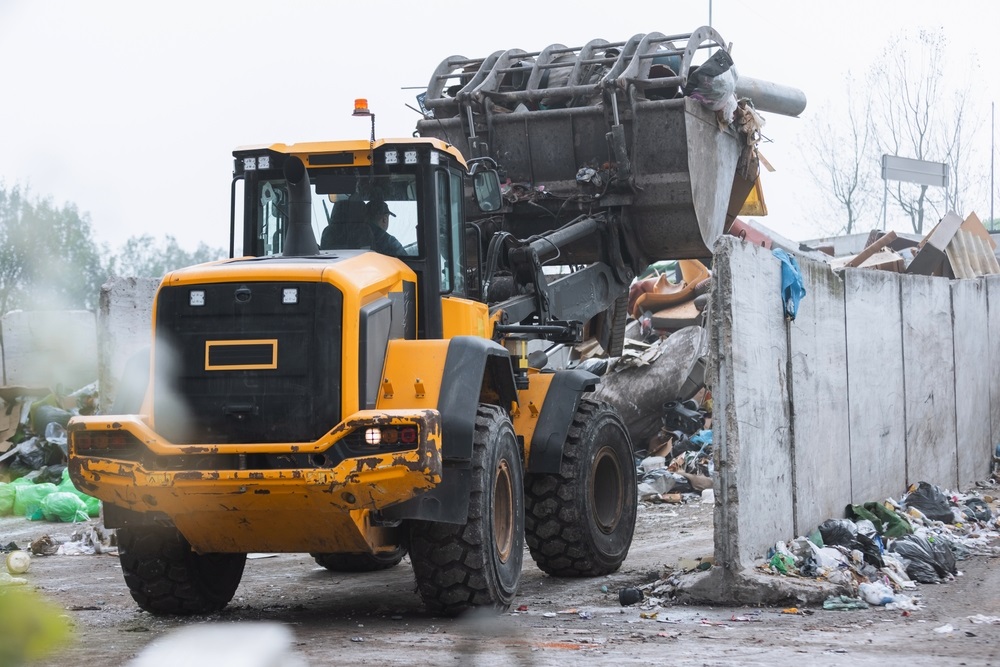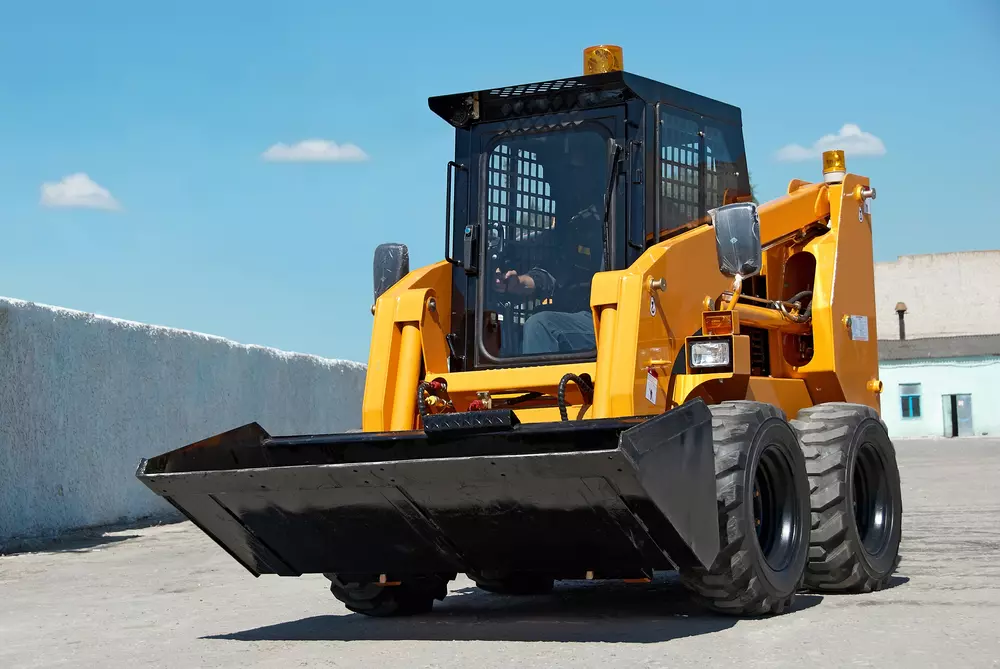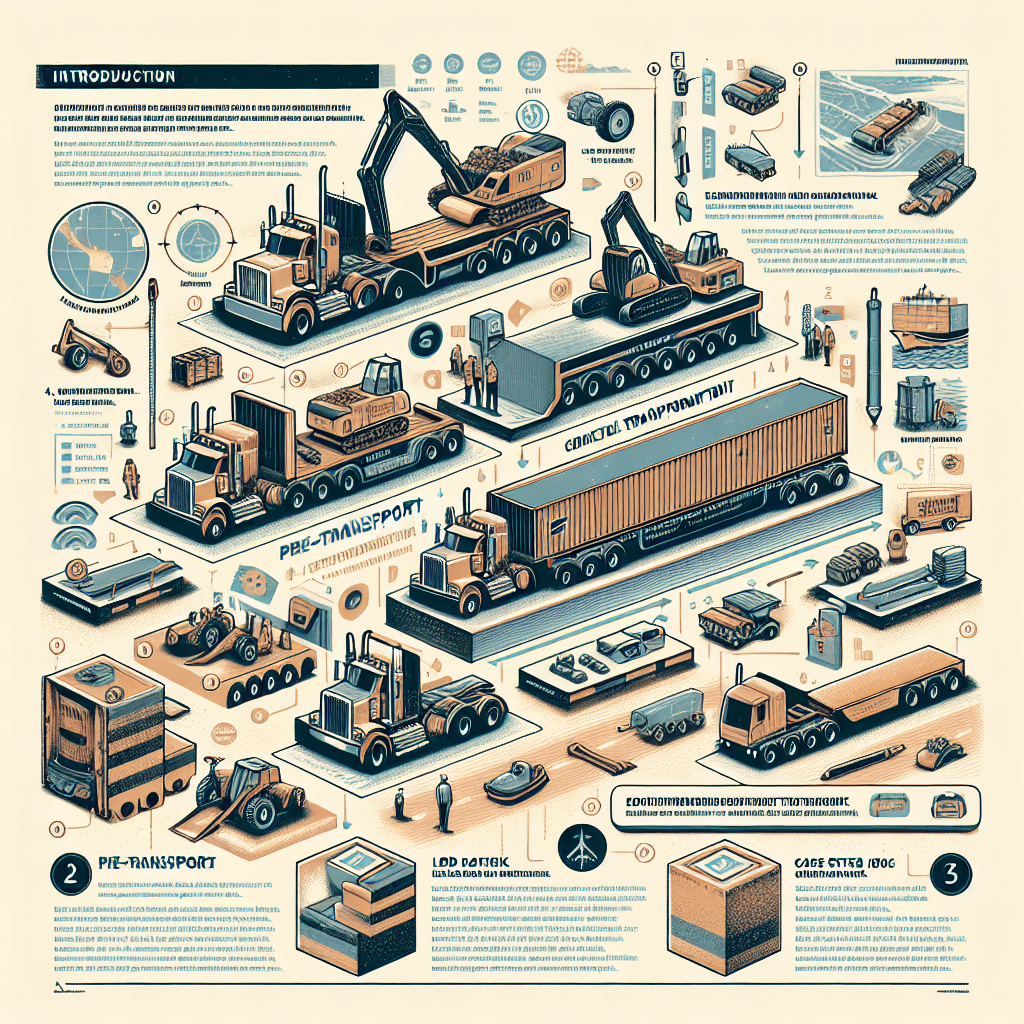Skid-steer loaders are versatile machines essential to many industries, from construction and agriculture to landscaping and public works. However, their power and flexibility come with inherent risks. Ensuring the safety of skid-steer operators and loaders is paramount for any business or individual relying on these machines. This comprehensive guide covers key safety measures and best practices to safeguard your operators and loaders.
Start with Training
Proper training is the cornerstone of skid-steer safety. Ensure that all operators are certified and have undergone thorough training specific to the equipment they will be using. Training should cover:
- Basic operation techniques
- Understanding the machine’s controls and functions
- Recognizing potential hazards
- Safe loading and unloading procedures
- Emergency protocols
Regularly update training sessions to keep operators informed about new safety standards and equipment updates.
Machine Safeguards
Modern skid-steers come equipped with various safety features designed to protect operators. Familiarize yourself with these safeguards and ensure they are always functioning correctly. Key machine safeguards include:
Seat Belts
Seat belts are a critical safety feature that can prevent serious injuries during rollovers or sudden stops. Always insist that operators wear their seat belts whenever they are in the cab. Regularly inspect seat belts for wear and tear and replace them as needed.
Interlocked Controls
Interlocked controls prevent the machine from being operated unless the operator is securely seated and the seat belt is fastened. This feature ensures that the skid-steer cannot accidentally be moved, reducing the risk of unintended operation.
ROPS and Side Screens
Roll-Over Protective Structures (ROPS) and side screens provide a protective barrier for the operator in case of a rollover or impact. Ensure that these structures are intact and securely fastened. Never operate a skid-steer without these protective features in place.
Case Construction Equipment
Typhon Skid Steer loaders are equipped with advanced safety features, including robust ROPS and interlocked controls. Investing in high-quality equipment like Typhon can significantly enhance operator safety.
Lift Arm Supports
Lift arm supports are essential for maintenance and repairs. They hold the lift arms in place, preventing accidental lowering. Always use lift arm supports when working under the arms to avoid potential crush injuries.
Learn More: What is a Mini Skid Steer Loader Used For: The Definitive Guide
Operate with Caution
Safe operation practices are vital in preventing accidents. Encourage operators to:
- Conduct pre-operation inspections to ensure the machine is in good working condition
- Avoid carrying passengers
- Use the machine only for its intended purposes
- Be aware of their surroundings, including other workers and obstacles
Stability on Slopes
Operating skid-steers on slopes requires extra caution. Ensure operators understand the importance of stability and follow these guidelines:
- Travel straight up and down slopes rather than across
- Keep the loader arms low to maintain a low center of gravity
- Reduce speed when operating on uneven terrain
Attachment Safety
Attachments can enhance the functionality of skid-steers but also introduce additional risks. Follow these safety tips for attachments:
- Ensure attachments are compatible with the skid-steer model
- Securely fasten attachments before operation
- Follow the manufacturer’s guidelines for safe attachment use
- Disconnect power before making adjustments or repairs to attachments
Maintenance Musts
Regular maintenance is crucial for keeping skid-steers safe and operational. Establish a maintenance schedule that includes:
- Inspecting and replacing worn parts
- Checking hydraulic systems for leaks
- Ensuring tires or tracks are in good condition
- Lubricating moving parts
- Keeping the machine clean to prevent buildup of debris
Skid Steer Safety Tips
Follow these additional safety tips to further protect your operators and loaders:
- Stay Visible: Equip skid-steers with lights and reflective materials to improve visibility, especially in low-light conditions.
- Communication: Establish clear communication protocols among workers to prevent misunderstandings and accidents.
- Weather Awareness: Adjust operations based on weather conditions. Wet or icy surfaces can reduce traction and increase the risk of rollovers.
- Weight Limits: Adhere to the machine’s weight limits to avoid overloading, which can compromise stability and control.
Learn More: Skid Steer vs. Track Loaders: Advantages and Disadvantages
Typhon Skid Steer
Investing in high-quality equipment is one of the best ways to ensure safety and efficiency. Typhon Skid Steer loaders are designed with state-of-the-art safety features and robust construction, making them an excellent choice for any industry. With Typhon, you get:
- Advanced ROPS and interlocked controls for enhanced operator protection
- Lift arm supports for safe maintenance
- Compatibility with a wide range of attachments
- Reliable performance and durability
Choose Typhon Skid Steer to provide your team with the safest, most efficient equipment available. Contact us today to learn more about our products and how they can benefit your operations.
By implementing these safety measures and investing in reliable equipment like Typhon Skid Steer loaders, you can create a safer work environment for your operators. Prioritizing safety not only protects your workforce but also enhances productivity and reduces downtime, ultimately contributing to the success of your operations.

